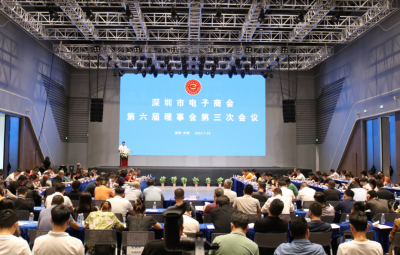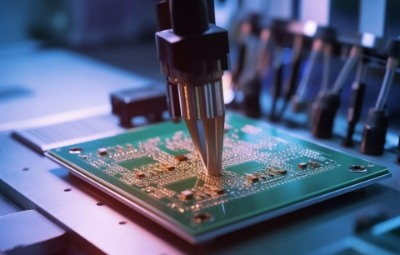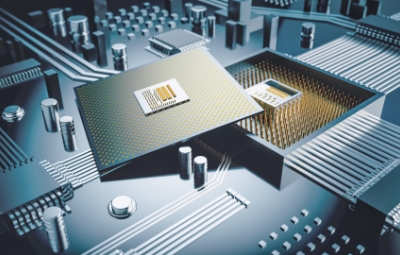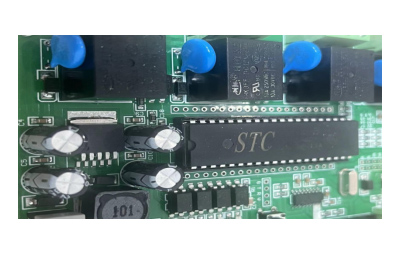
When hardware engineers choose to use a DC-DC converter module or an LDO (low dropout linear regulator) module, they need to make a decision based on specific application needs and conditions. Both have advantages and disadvantages:
1.DC-DC converter module

Advantages: High efficiency, especially when the gap between input voltage and output voltage is large, it can achieve high power conversion efficiency, reduce heat generation, and is suitable for high current applications; supports a wide range of input voltages, and the output voltage has a wide adjustable range .
Disadvantages: The cost is relatively high, the complexity is also high, electromagnetic interference (EMI) may be generated, and the filtering design requirements are high.
2.LDO module:
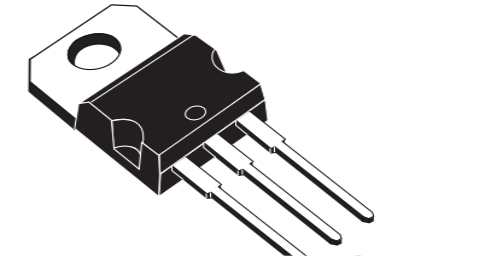
Advantages: low noise and small ripple, because its working principle is linear regulation, the output voltage is stable and pure, suitable for noise-sensitive circuits, such as analog signal processing, RF front-end, etc.; small size, simple structure, low cost.
Disadvantages: The efficiency is relatively low, especially when the input voltage and output voltage are not much different, excess power will be consumed in the form of heat energy, and it is not suitable for high current or high voltage difference scenarios; due to its voltage drop limitation, it generally cannot be used For high pressure drop applications.
If you consider power efficiency and large voltage conversion capabilities, as well as space and heat dissipation conditions permitting, DC-DC converters are a better choice. When the circuit has extremely high requirements for power supply noise, or the power conversion amount is small, LDO is a more suitable solution. In practical applications, many systems use DC-DC and LDO in combination. DC-DC is first used for preliminary large voltage conversion, and then LDO is used to provide low-noise, stable local power supply.
DC-DC
Today, with the rapid development of electronic technology, DCDC chips, as the core component of power management, are widely used in various fields. A DCDC chip is a chip that converts direct current into another type of direct current. It has the advantages of high efficiency, high precision, and low noise. This article will introduce you to commonly used DCDC chips and their characteristics.
1. Linear regulator
A linear regulator is a common DCDC chip that maintains the stability of the output current by adjusting the output voltage. Linear voltage regulators have the advantages of simple circuit, low cost, and low noise, but their conversion efficiency is low and they are suitable for situations where the load current is small.
2. Switching regulator
The switching regulator is a high-efficiency DCDC chip that adjusts the output voltage through the switching action of the switching tube. Switching regulators can be divided into three types: boost, buck and boost-buck. The step-up switching regulator can increase the input voltage to the output voltage and is suitable for applications where the input voltage is lower than the output voltage; the step-down switching regulator can reduce the input voltage to the output voltage and is suitable for applications where the input voltage is higher than the output voltage. voltage; the buck-boost switching regulator can work in situations where the input voltage is higher or lower than the output voltage.
3. Charge pump
The charge pump is a high-efficiency DCDC chip that converts voltage by charging and discharging capacitors. Charge pumps can be divided into two types: boost type and buck type. The boost-type charge pump can increase the input voltage to the output voltage and is suitable for situations where the input voltage is lower than the output voltage; the buck-type charge pump can reduce the input voltage to the output voltage and is suitable for situations where the input voltage is higher than the output voltage.
4. Lithium-ion battery charging management chip
The lithium-ion battery charge management chip is a DCDC chip specially used for lithium-ion battery charging. It can automatically adjust the charging current and charging voltage according to the battery type and charging requirements to achieve safe and efficient charging.
5. Integrated DCDC converter
The integrated DCDC converter is a DCDC chip that integrates switching tubes, inductors, capacitors and other components on the chip. It has the advantages of small size, light weight and low cost, and is widely used in portable electronic devices.
Commonly used DCDC chips mainly include linear regulators, switching regulators, charge pumps, lithium-ion battery charge management chips and integrated DCDC converters. In practical applications, appropriate DCDC chips should be selected according to specific needs to achieve efficient and stable power management.
DC-DC converter chips are widely used in the field of power management. The following are some common DC-DC converter chip series and models:
1. XBLW:
•MC34063 DC-DC buck-boost converter for applications requiring high efficiency and power conversion.

2. Texas Instruments (TI):
•TPS54386PWPR: A high-efficiency, synchronous buck converter suitable for applications such as industrial and communications equipment.
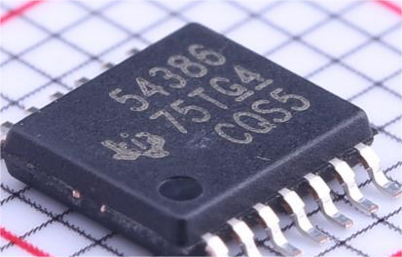
•TPS563201DDCR: A high-efficiency and low-power DC-DC converter chip with multiple protection functions and adaptable to a wide input voltage range.

3. ON Semiconductor:
•NCP1342: It is a commonly used boost DC-DC controller.
•NCX Series: Provides a series of non-isolated and isolated DC-DC converter products.
4. Linear Technology (now acquired by ADI):
•LT3750: for multi-output synchronous buck regulators.
•LTC3676: is an efficient, compact switch-mode battery charger and system power supply.
5. Maxim Integrated (now merged into Analog Devices):
•MAX1726x Series: DC-DC converters in high-precision battery management systems for portable devices.
•MAX16829: is a synchronous buck regulator that supports a wide input voltage range.
6. Monolithic Power Systems (MPS):
•MP23xx series: Contains multiple high-efficiency synchronous buck converters.
•MPQxxxx Series: Highly integrated multi-phase buck converter solutions.
The above list is only an example of some common brands and their typical products. In fact, there are many kinds of DC-DC converter chips on the market. Different chips have different characteristics and applicable scenarios, such as buck-boost, flyback, forward, etc. Excited, LLC resonant converters and other topological products. Designers will select the appropriate chip based on load requirements, efficiency requirements, volume constraints, cost budget and other factors.
LDO chip
As a linear voltage regulator, LDO chips are widely used in various electronic products and industrial equipment.
LDO, the full name is Low Dropout Regulator, and the Chinese name is low dropout regulator. It is a linear voltage regulator with the advantages of small output voltage ripple, large output current, low power consumption, and low electromagnetic interference. The main function of the LDO chip is to convert the input voltage into a stable output voltage to meet the power supply needs of various electronic devices.
Among the many LDO chip brands, National Semiconductor's products are highly respected. Its LM7805, LM317, LM338 and other series of LDO chips are widely used in various electronic products and industrial equipment. These chips have the advantages of stable output voltage, high adjustment accuracy, and small temperature coefficient, and are the first choice of electronic engineers.
In addition, Texas Instruments is also a leader in the field of LDO chips. Its LM298, LM299 and other series of LDO chips enjoy a high reputation in the industry. These chips not only ensure stable output voltage, but also have high output current and low power consumption, and are deeply loved by the majority of electronic engineers.
Of course, we can’t ignore Japan’s Renesas Electronics. Its R307, R317 and other series of LDO chips also perform well in terms of performance. These chips have the characteristics of wide output voltage adjustment range and good temperature stability, and are widely used in various industrial equipment and automotive electronic systems.
In addition, domestic XBLW has also made achievements in the field of LDO chips. The XBLW AMS1117, XBLW L7805, XBLW LM317 and other series of LDO chips launched by it are not inferior to foreign brands in performance. While these chips meet the needs of the domestic market, they are also sold overseas and have won a good reputation.
In short, LDO chips play an important role in our lives. Whether it is National Semiconductor's LM7805, Texas Instruments' LM298, Renesas Electronics' R307, or the domestic brand Chipola's L7805, these LDO chips provide stable power supply for our electronic products and industrial equipment. With the continuous advancement of technology, we have reason to believe that LDO chips will play a more important role in the future electronic world.
Recommend News
-
Phone
400-9682 003

